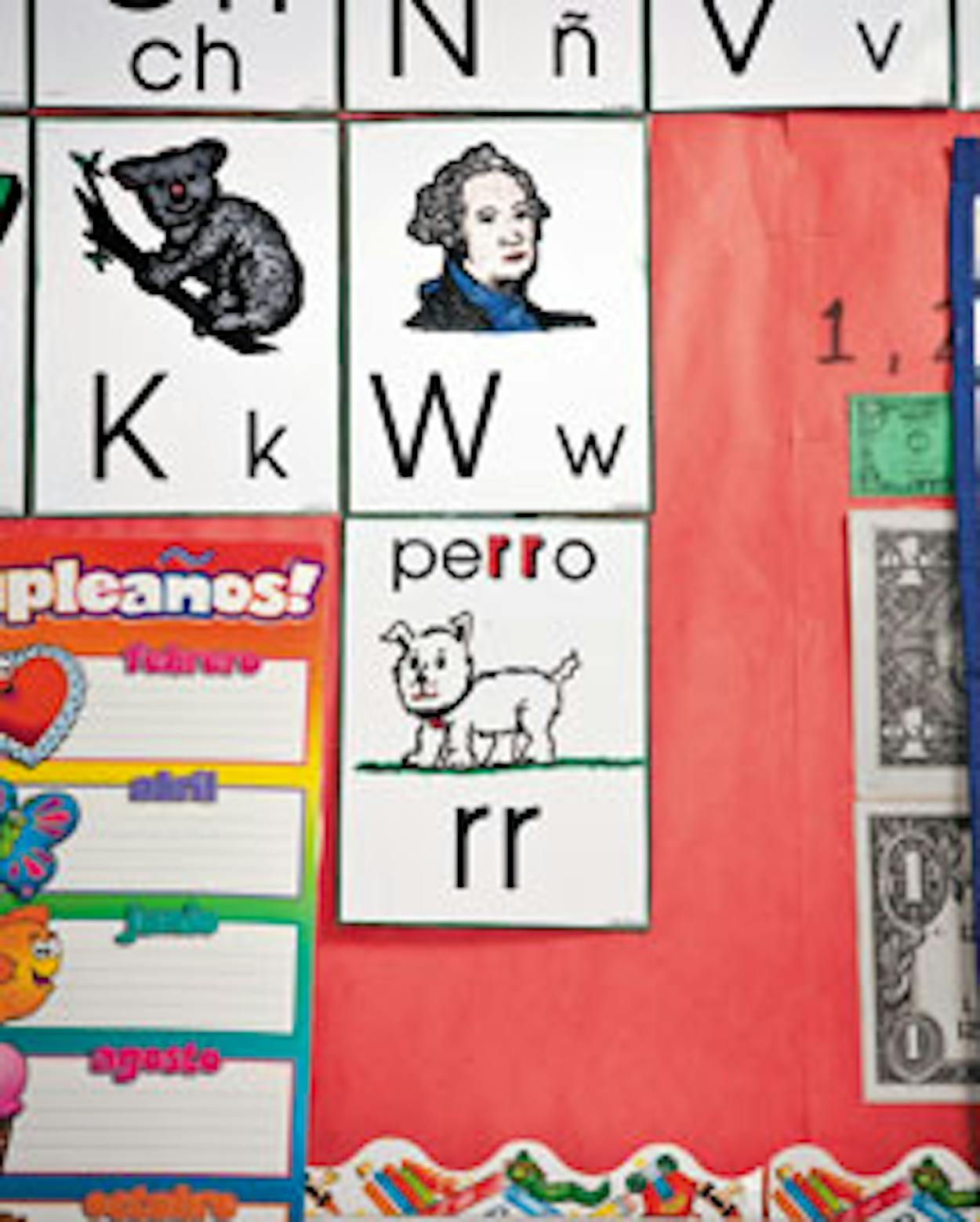Two years, four months, and 26 days ago, I had a very different view of the world from the one I have as I sit down to write this letter. That was the last day that I wasn’t a parent. March 6, 2007. The next day my son was born, and like billions of men before me, I was plunged into the bracing waters of fatherhood. Bit by bit, sleepless night by sleepless night, everything changed. I became adept at skills I never knew existed (umbilical cord cleaning? Diaper rash diagnosing? I’m a pro). I mastered various strap-on carriers and slings. I learned to orient my thoughts about the future around this ten-, and then fifteen-, and then twenty-pound boy.
I also became interested in schools. Very interested. On weekends I walked around the elementary schools in my neighborhood with my son, peering in the windows and wondering what it would be like for him to be a student in those classrooms. Was he going to learn what he needed to? Before, it had never occurred to me to set foot on these campuses, but suddenly they seemed like the most important places in town.
Of course, they had always been the most important places in town, whether or not I’d been smart enough to realize it. Our public school system is quite literally the laboratory in which the future of Texas is created. Though having a child whom you are preparing to toss into that laboratory tends to pique your interest in how it works, we are all the beneficiaries of the public school system, whether or not we have children (and whether or not, if we do, we send them to public school).
You can measure this any number of ways, from the skill and training of our workforce to the earning potential of our high school graduates. Unfortunately, just about every way you look at it, public schools in Texas are in trouble. Though the Texas Education Agency’s most recent report showed that the number of “exemplary” districts had grown from 43 to 117 in 2008, it also showed the highest number of “unacceptable” districts in the history of the accountability system. According to a national survey, just 65 percent of Texas teens graduate from high school. That’s four points lower than the national average. And over a lifetime, each class of high school dropouts costs the state $19 billion in decreased revenue and increased spending for state services. That’s coming out of your pocket whether you have a kid in the system or not.
More than 4.5 million students will enroll in our public schools this month, and if we care about the future of our state, we need to be peering in the windows of their classrooms. With this idea in mind, several months ago we sent senior editor Nate Blakeslee off to answer a daunting question: What is the biggest challenge facing Texas schools? With customary thoroughness, Nate looked at the matter from a range of perspectives. He considered focusing on charter schools or the issue of funding or high-stakes testing.
In the end he settled on the looming crisis in bilingual education. Since 1973, any district with more than twenty non-English-speaking kids in grades K—3 has been required to offer bilingual ed. But many districts have failed miserably to teach these kids English, or anything else; the high school dropout rate for students with limited English proficiency is more than twice that of native speakers. We can no longer ignore this problem. As Nate writes: “Roughly 16 percent of all students in Texas public schools are not fluent in English, a figure that has more than doubled since 1991 and one that most experts consider to be a conservative estimate.”
Railing against illegal immigration will not do anything to decrease this number. Most of these kids were born in Texas. These aren’t someone else’s kids. These are our kids, in our schools, and it’s our responsibility to make sure they get an education. If we don’t, in addition to the tragedy of losing generation after generation of young minds, we’ll be dealing with a progressively poorer and poorer state.
Nate’s story highlights the success of the bilingual education program at Alicia R. Chacón International, in El Paso. While this school’s particular model may not be the answer for every district, its tremendous results show what’s possible. Read Dream of a Common Language, cup your hands to this school’s windows, and look in on these teachers and students.
Next month
What to do in, on, and around the mountains of West Texas; the legal battle between Exxon Mobil and a legendary ranching family; the scariest places in Texas; the case for legalizing marijuana; and a high-decibel week at a girls’ rock camp.







